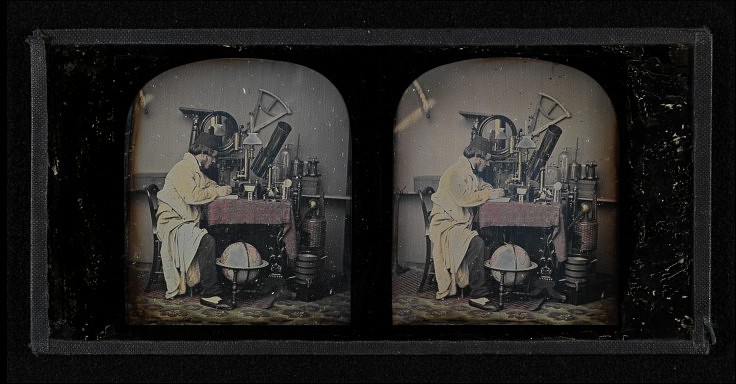
Figure 1 – John Benjamin Dancer daguerreotype stereo pair, “The Scientist in his Laboratory, 1851.” The image shows a sitter as “the scientist” creating a daguerreotype and surrounded by Dancer’s instruments and inventions. The image is in the collection of the Victoria and Albert Museum and is in the public domain.
One of the things that you can do with a microscope is project the image of something very tiny onto a wall. That is, you can blow it up or greatly magnify it. The only functional limit to this seems to be the amount of light that you have. How big can you make the image before it gets too faint to see?
If you think about it, you can actually use the same microscope to reverse the process. You might look at a scene, say a cathedral or a painting, and use the microscope to make a very true but tiny image of the scene. Physicists have a very cool name for this. They say that the “laws of physics are reversible in time.” Wow! Did I say time reversal?
Now suppose I put a photograph film or digital detector in the microscope. Then if I exposed the film with light from the scene and subsequently developed it, I would have a very tiny image of the scene. Such was the innovation and popularization of John Benjamin Dancer (1812-1887). Dancer ran a microscope manufacturing company and also sold microscope slides that contained these wonderful early microfiche. Several examples can be seen on the web at the site of the Whipple Museum of the History of Science in Cambridge UK.:
